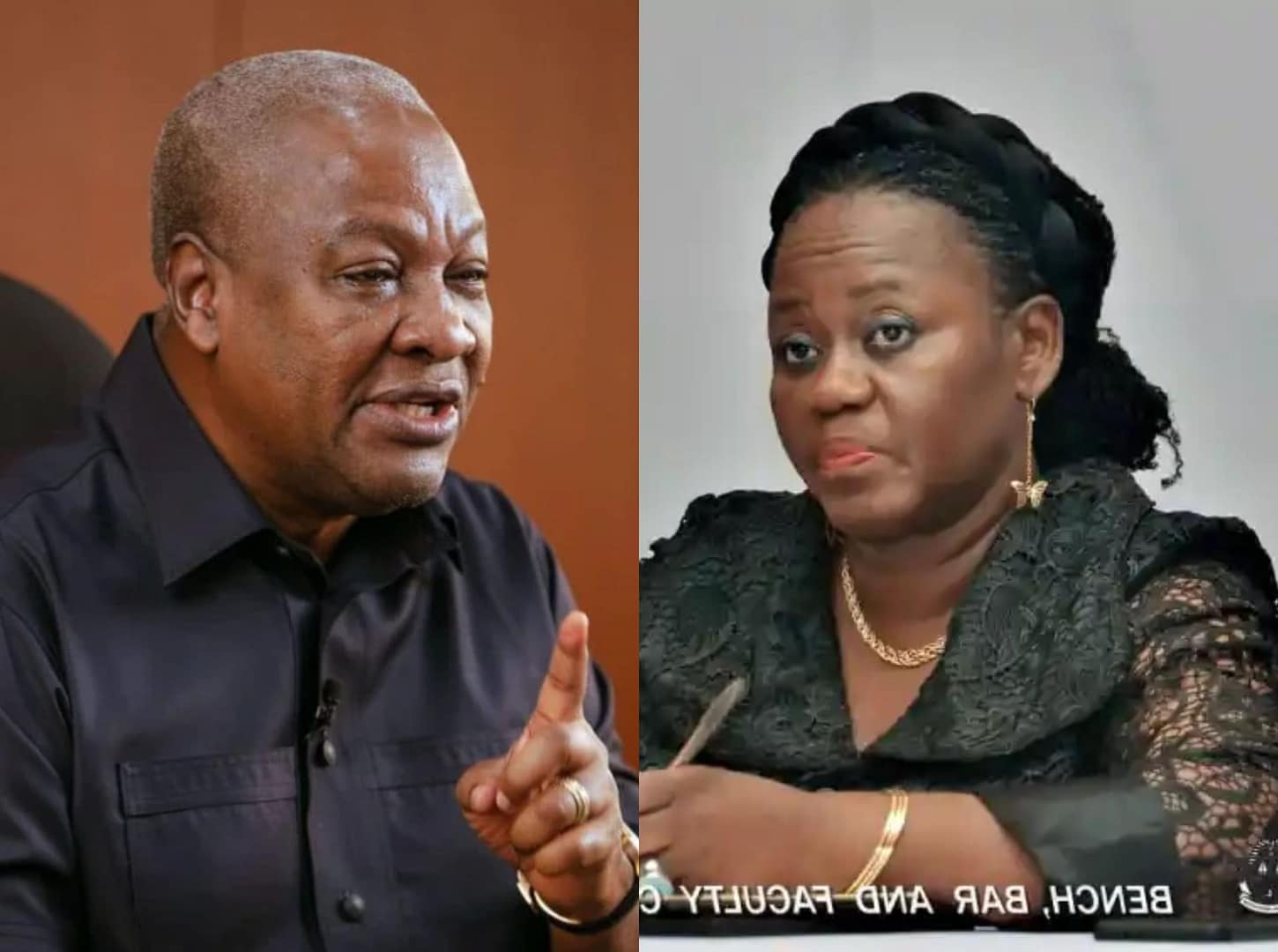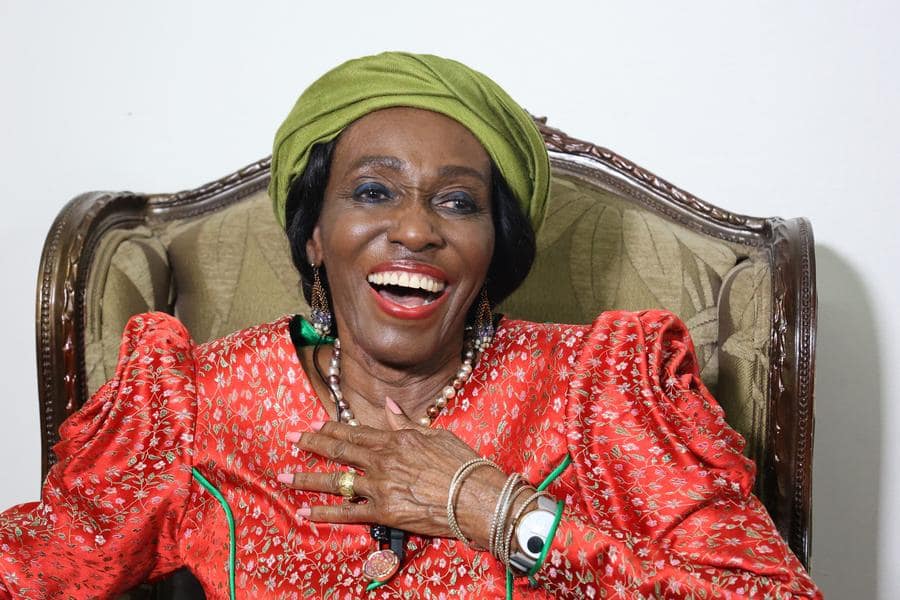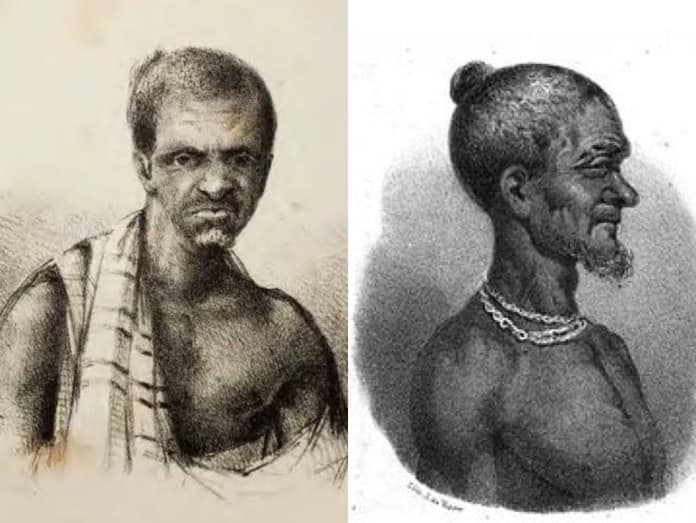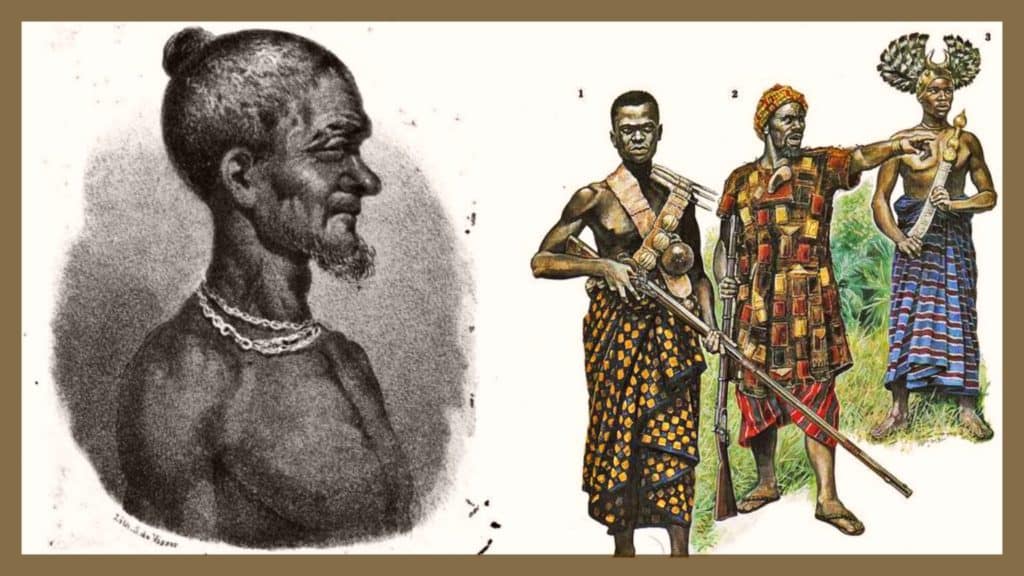
Timeline of Chief Justice Removal Process
1. Petition Submitted
- A written petition alleging stated misbehavior, incompetence, or inability to perform the functions of office is sent to the President.
- Anyone (an individual, group, or institution) can submit it.
2. Prima Facie Case
- The President, in consultation with the Council of State, determines if there is a prima facie case (i.e., enough grounds to proceed).
- If no prima facie case → the petition is dismissed.
- If prima facie case established → move to the next stage.
3. Committee Formation
- The President forwards the petition to the Judicial Council to advise.
- If still valid, the President sets up a 5-member Committee:
- 2 Justices of the Supreme Court
- 1 lawyer of at least 12 years standing
- 2 other persons (not MPs, not members of Council of State, not lawyers)
4. Hearing Stage
- The committee conducts an inquiry, similar to a trial.
- The Chief Justice (the one facing removal) has the right to defend themselves, appear with lawyers, and cross-examine witnesses.
- Evidence and witnesses are presented.
5. Committee Report
- After the inquiry, the committee submits a report to the President:
- If the allegations are not proven → the process ends.
- If allegations are proven → the recommendation is removal.
6. Presidential Action
- The President acts in accordance with the committee’s recommendation (he is bound, not discretionary).
- If removal is recommended → the Chief Justice is removed from office.
✅ Key Point: This whole process is designed to protect judicial independence. A Chief Justice cannot simply be fired at will by the President — it must follow Article 146 strictly.
DISCLAIMER: The Views, Comments, Opinions, Contributions and Statements made by Readers and Contributors on this platform do not necessarily represent the views or policy of ahantawest.com








